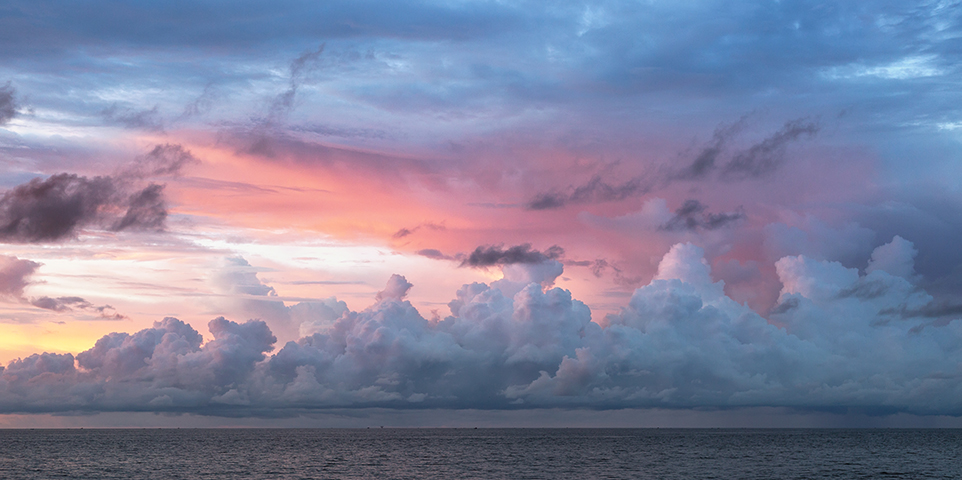MEMBERSHIP
AMPLIFY
EN ESPAÑOL
Connect With Us
- Popular search terms
- Automobile
- Home + Renters
- Claims
- Fraud
- Hurricane
- Popular Topics
- Automobile
- Home + Renters
- The Basics
- Disaster + Preparation
- Life Insurance

El Niño—which means "the little boy" or "the Christ child" in Spanish—is part of the most influential natural climate pattern on the Earth, the El Niño-Southern Oscillation, usually referred to as ENSO.
El Niño itself is a periodic weakening of the usually steady, east to west trade wind patterns near the surface of the tropical Pacific. It's not understood why this weakening happens, but the effect is that the surface temperature of the Pacific gets hotter than usual for an extended period of time.
This warming of the ocean causes major changes to typical global atmospheric circulation patterns. In other words, El Niño creates a domino effect—and this often triggers or intensifies weather extremes all over the world.
For an El Niño episode to be deemed "official," the National Oceanic and Atmospheric Administration (NOAA) requires that the abnormal warming of the sea surface happens for a certain period of months.
La Niña, the cooling period of ENSO that frequently occurs after El Niño (especially a strong one), also dramatically affects the climate patterns. The weather extremes caused by El Niño and La Niña can affect homeowners and business owners as well as the insurance companies that protect them.
According to the NOAA website Climate.gov, El Niño occurs on an average of about every three to seven years.
Both El Niño and La Niña develop between March and June, peak from November to February and peter out again between March and June. In the United States, the effects of El Niño are felt most strongly in winter.
The phenomena generally last nine to 12 months, though they can last longer than a year and La Niña has been known average longer timeframes and to last up to 33 months.
We know the influences of El Niño and La Niña increase the odds of extreme weather events. But, while scientists are getting better at predicting the onset of the phenomena, their intensity and effects are driven by many variables and so are harder to forecast. That said, some generalities can be made.
For example, according to Climate.gov, the continental United States and Caribbean Islands have a substantially decreased chance of experiencing a hurricane during El Niño and an increased chance of experiencing a hurricane during La Niña.
Around the world, depending on the location, some of the conditions associated with El Niño include: hot weather and droughts; forest and bush wildfires; heavy rain and subsequent flooding; tropical cyclone activity; typhoons and landslides.
To be prepared for the erratic weather conditions brought about by El Niño, insurers work closely with their customers to manage weather-related risks and to ensure they are both adequately prepared and financially protected against weather related damages.
Depending on the area of the country, some of the insurance coverages worth reviewing in preparation for El Niño are:
And, as always, it's important to take steps to mitigate the damage to your home and/or business from all types of weather-related hazards.
Next steps: El Niño can intensify many weather disasters—understand which ones your homeowners policy covers.